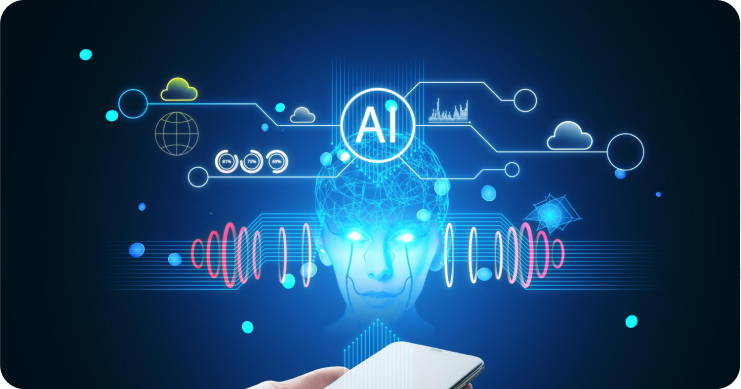The evolution of technology has been relentless in its pursuit to break barriers and bridge gaps. One of these gaps, perhaps the most pervasive yet the least addressed, is the language gap. Language barriers have long been an issue in a globalized world. They limit individuals and businesses from fully exploring and integrating into various cultures and markets. This is where Artificial Intelligence (AI) steps in, revolutionizing the domain of language translation in mobile apps, and enabling smooth cross-cultural communication in the digital space.

Understanding the Need for Translation in Mobile Apps
We live in an era where applications have become an essential part of our lives. Mobile apps provide a multitude of services from food delivery and transportation to social networking and e-commerce. However, their potential can be significantly limited when language barriers come into play.
The importance of integrating translation functionalities into mobile apps goes beyond making them universally accessible. It is a strategic move for businesses to expand their reach and penetrate diverse markets. According to a report from Common Sense Advisory, 72.4% of consumers are more likely to buy a product with information in their own language. This clearly underlines the business case for translation in mobile applications.
The AI Revolution in Translation
Traditional translation services have been riddled with issues such as high cost, lengthy turnaround times, and limited scalability. AI-driven translation offers a compelling solution to these challenges. AI translation tools, empowered by technologies like Machine Learning (ML) and Natural Language Processing (NLP), can handle enormous volumes of translation requests in real-time, with constant learning and improvement.
Moreover, AI-driven translation has the potential to surpass human accuracy for certain tasks. The most critical advantage that AI offers is its ability to translate context rather than just words. It understands the semantics, the idioms, the colloquial language, and provides a more culturally nuanced translation, which can be a game-changer in the world of mobile apps.
Case in Point: Google Translate
An apt example of how AI has revolutionized translation is Google Translate. It uses a technology called Neural Machine Translation (NMT), a subset of AI, which translates entire sentences at a time, rather than just piece by piece. It uses the broader context to help determine the most relevant translation, which it then rearranges and adjusts to be more like human speech. This approach has resulted in a significant improvement in translation quality.
The Potential of AI-Driven Translation in Mobile Apps
Imagine a scenario where a user is trying to order food from an international cuisine app that is not in their native language. The AI-driven translation functionality in the app can seamlessly translate the menu, descriptions, and user interface to the user's preferred language. This elevates the user experience and opens up opportunities for the business to reach a broader audience.
Another potential application is in social networking platforms. Users can communicate without language barriers, fostering a global community and enhancing cultural exchange. In learning apps, AI can provide real-time translation of educational content, making knowledge universally accessible.
The Future: AI and Personalization in Translation
The future of AI in mobile app translation lies in personalization. As AI algorithms become more advanced, they will be able to adapt to the user's language style and preferences. This means the translation will not only be accurate but will also 'sound' like the user, thereby providing a truly personalized experience.
Furthermore, advances in voice recognition and speech-to-text technologies will enable real-time spoken language translation, bringing us one step closer to the goal of seamless cross-cultural communication.
Conclusion
AI-driven translation in mobile apps is not just an innovative feature; it is a powerful tool that can bridge the language gap in the digital world. It can unlock new opportunities for businesses, foster cultural exchanges, and make information universally accessible. With further advancements and increased integration, we can look forward to a future where language barriers will be a thing of the past, replaced by a new era of global understanding and cooperation.
Subscribe for Exclusive Insights!
Stay Informed, Stay Ahead: Your Passport to Exclusive Knowledge







